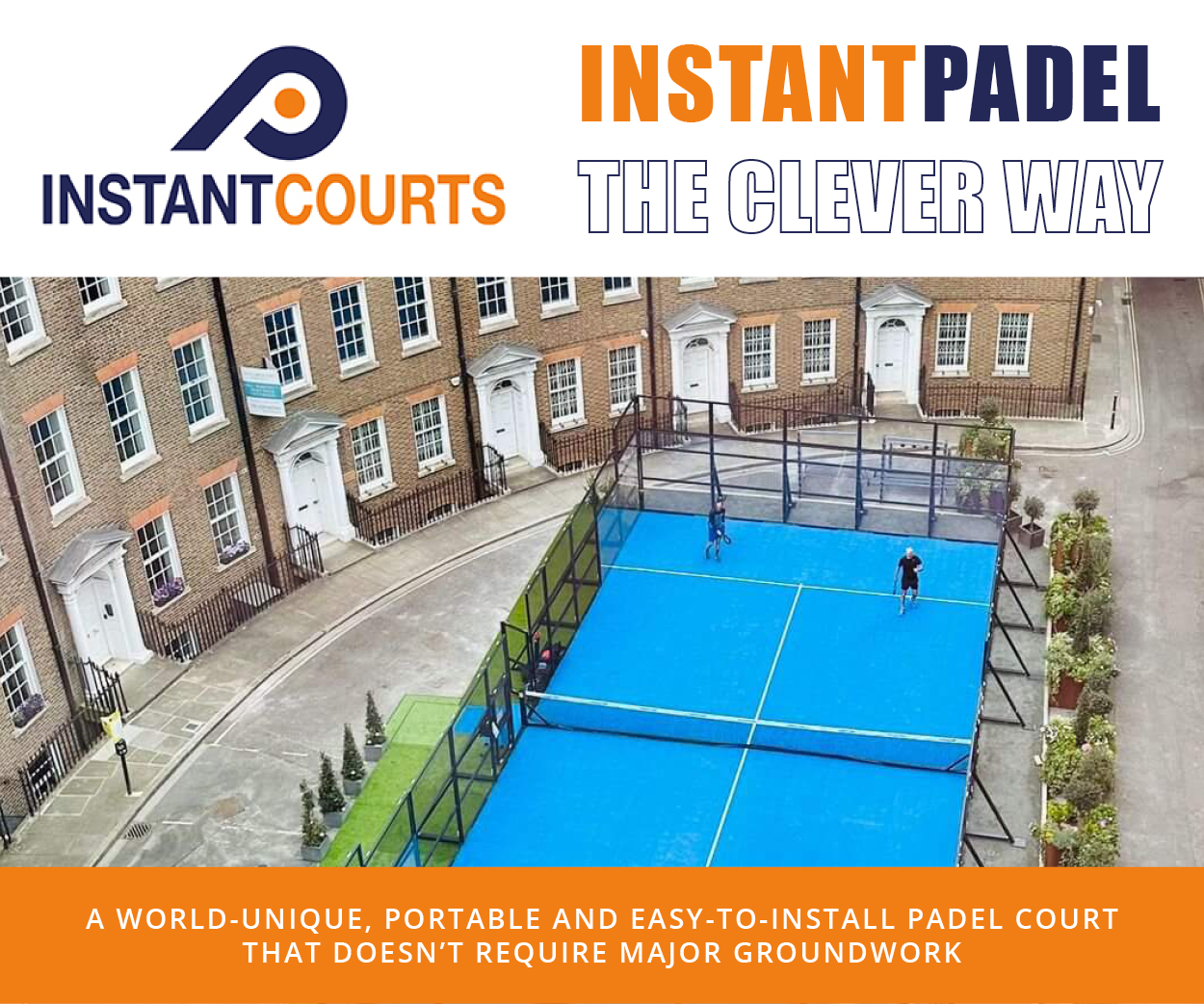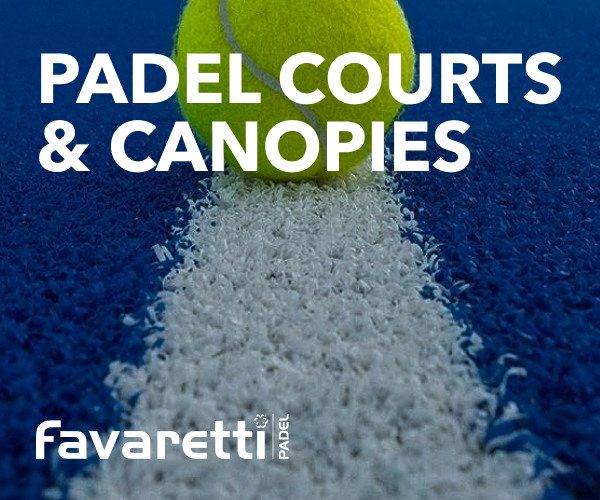It won’t have escaped your notice that padel has a problem with noise — and it’s two-fold.
Firstly, there’s the thumping and crashing sound of racket on ball and ball on grille, which has a tendency to irritate the neighbours. Secondly, there’s the negative media coverage generated when the neighbours complain about the thumping and crashing! Both are having an undeniably detrimental effect on the growth of the sport in Britain.
Local residents’ comparisons of padel noise to ‘rifle shots’ have been gleefully seized upon by headline writers in local and national press. Your author recently had a tough time on Jeremy Vine’s Radio 2 show when, unwarned, I was pitched into a live head-to-head debate with a particularly passionate campaigner against a planning application to build padel courts next to his property in Sutton Coldfield. Unfortunately for the complainant, those court have since been given the go-ahead.
The planning application process is capricious enough already, but adverse publicity about noise pollution is making conditions even tougher for those wanting to build courts and introduce padel to communities.
So, what’s to be done? The Padel Paper has previously covered innovations from the likes of Padel Alba and NX Padel whose products have sought to address the problem via noise-reducing technology. But for this first part of an in-depth two-part article, we get advice from an award-winning acoustics expert whose work has already supported over 30 planning applications for padel facilities in the UK.
We asked Adam Walker, Principal Consultant at Peninsular Acoustics, about what constitutes good practice for a sports club looking to add padel, or for padel operators seeking to build outdoor facilities from scratch, close to residential property.

“The most important piece of advice I can give is to engage early with local residents,” Walker tells us. “People naturally fear change, but being open and honest about what you’re proposing can be beneficial. Go and talk to them and find out what their concerns are, rather than going in blindly with an application.
“Understanding concerns and trying to alleviate them at the very beginning is beneficial to all parties. Everything that goes on the planning portal is public knowledge, so it’s no good hiding things until the last minute. If you’re worried people are going to object, then it’s better you get those issues out the way first rather than when things are much further down the line. Those few hours you spend engaging with them could make the difference.”
Because the sport is so new to this country, no framework yet exists for assessing padel’s noise levels (as there is with traffic noise, for example). The Dutch Tennis Association, which governs padel in the Netherlands, has introduced guidelines stating that noise emanating from padel courts shouldn’t exceed 40-50 decibels over the match duration and shouldn’t exceed 60-70 dB as a maximum noise level from individual ball strikes (both subject to location and time of day).
Walker says those measures don’t allow for any of the nuances in measuring noise impact on a nearby community, with multiple factors affecting levels of disturbance. “We’ve looked at the Dutch guidance and I am concerned about adopting that approach here,” says Walker. “The UK varies significantly in terms of noise exposure, so applying a blanket criteria for a noise source that is highly subjective could pose further challenges.”
To explain, Walker uses a typical example of a tennis club applying to add padel courts close to nearby housing but far away from a main road, then compares that to a similar scenario in an urbanised area near heavy traffic. He explains: “Good practice is to assess based on the area you’re in, not just adopt an ‘absolute’ level.
“A British industry standard [BS 8233] is 50 decibels in the garden for anonymous noise sources, which we’ve found a number of planning applications adopt as context or criteria, but if residents usually only experience 40 decibels, that’s a huge change. Whereas if their usual acoustic environment is of a higher exposure, padel is potentially more likely to be tolerated.”
He adds: “The maximum noise level criteria permitted by the Dutch guidance are insanely high, but when you assess the overall noise level across an hour-long game, the criteria are very low. A number of the UK sites we’ve worked on wouldn’t get planning permission under the Dutch framework, but we’ve had no noise complaints at those sites at all. The existing noise climate is so different in each location.”

Walker also makes the point that the actual noise-making activity on a padel court varies significantly. Imagine, for example, four adult males of advanced standard crashing the ball repeatedly into the grille, compared to a midweek morning session for retired women.
“Different players produce a wide variety of noise levels based upon stature and competency,” explains Walker. “What we’ve got to do is exercise caution and make sure our assessment is based on a few different scenarios that include worst case. It’s no good saying, ‘We measured one court once upon a time and this is its noise level.’ It needs to consider a wide manner of noise levels.”
Peninsular Acoustics recently was recently nominated for an Association of Noise Consultants award for its work with Sefton Council verifying the noise risk at several proposed public padel sites. “The local authority had blanket refused all padel applications and we came in to forge a way forward,” Walker explains. “We rigorously verified noise assessments and found that levels had actually been over-estimated,” he explains. “We verified the model and proved it as accurate.”
In future, Walker would like to work with the LTA and local authority planning departments to formalise British standards on planning policy with regards to padel applications.
“In our everyday work we use British standards of industrial and traffic noise which are steeped in years of evidence-based research,” he says. “But padel has only been around for a few years here. Unfortunately, you need a PhD and years of research to do it properly and I’m unaware of any major proposal to put definitive good practice guidance into place.
“The flood of planning applications we’re currently seeing will stop sooner or later and we could see noise abatement notices flying around left, right and centre. That’s something we really must try to avoid.”
This brings us back to Walker’s primary advice of exercising caution before making any significant initial outlay on a project. “The best advice for anyone erecting padel courts in the UK is to hire a competent consultant with a track record of delivering bespoke assessments,” he says. “They will look at your proposed project, do a noise survey, give you some ideas and help you make an informed decision. Even if it costs more money, it will be far cheaper in the long term than having to stop, deal with complaints later and be forced into changes retrospectively.”
NEXT WEEK: Do canopies make a difference? How can you deal with neighbours’ complaints? And what impact is negative media coverage having on the industry?








































